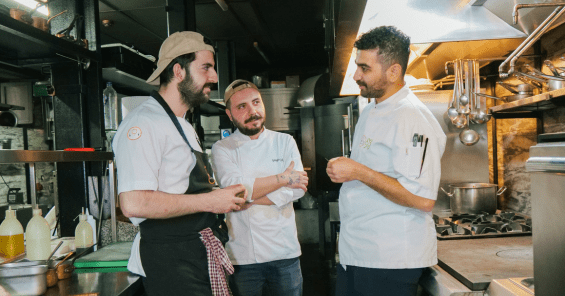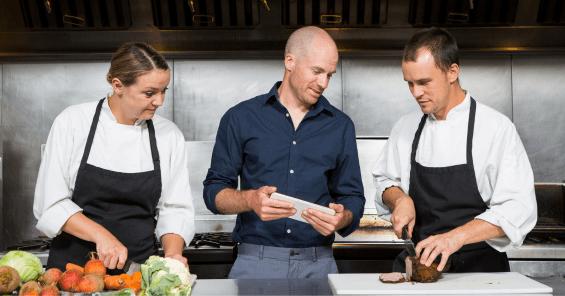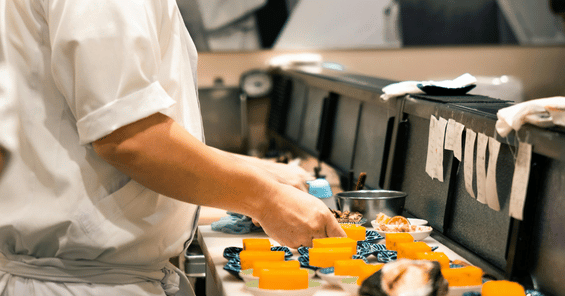
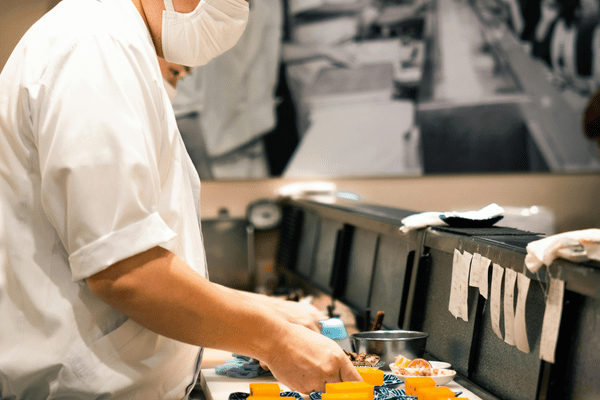
7 Ways to Reduce Restaurant Costs During COVID-19
Unlock the keys to financial resilience in the restaurant industry during the COVID-19 era. From cutting non-essential expenses and optimizing hours to menu adjustments and waste reduction, learn how targeted strategies can help you navigate economic uncertainties while sustaining your business.
With COVID-19 causing unprecedented challenges, managing cash flow is harder than ever. Lockdowns and shelter-in-place orders are forcing restaurants to get creative to keep their doors open, but even the greatest innovations can't maintain pre-coronavirus income numbers. In fact, according to a survey of 1,400 owners, from predominantly small and independent restaurants, about two-thirds of restaurants are uncertain that takeout or delivery can sustain their businesses until they reopen.
And while federal, state, and local governments, as well as the private sector, are stepping up to the plate to offer low-interest (or no-interest) small business loans, tax breaks, and grants, it might not be enough for some establishments. To maintain sufficient cash flow and survive, businesses can't rely on securing more revenue—they're going to need to cut expenses wherever possible.
52% of restaurant professionals ranked high operating and food costs as a top challenge for their business. Below, we'll share a few ways you can eliminate these expenses and retain your working capital — without sacrificing on the quality service your restaurant serves up.
Five Profit-Impacting Trends Shaping the Restaurant Industry in 2023
🔓 Unlock the secrets to restaurant success with actionable strategies for optimizing operations, maximizing profits, and building a loyal customer base.
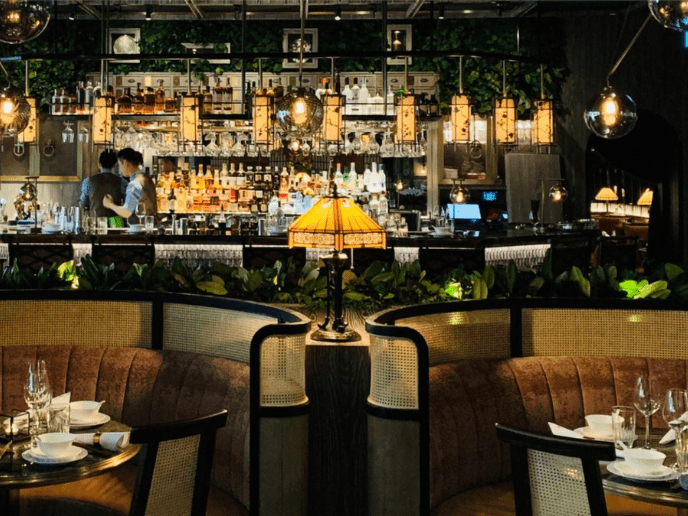
1. Cut All Non-Essential Expenses
Trivial expenses creep into your budget, no matter what kind of business you have. With a restaurant, you may be paying to buy and maintain appliances and equipment that hardly get used. Invest in the essentials and get rid of the extras. Consider the following:
- Does your restaurant really need the costly sports cable package, or could you get by with local channels?
- Are you actually using your employee scheduling software, or have you resorted back to the whiteboard?
- Is your business landline truly necessary or can you get by with a free service, like Google Voice?
Look through your expenses and identify which ones are essential and which are dispensable. You'll be surprised how much monthly cash you can save by eliminating small non-essential expenditures, and negotiating deals for those that are essential.
2. Adjust Your Hours
With COVID-19 throwing a wrench in everyone's schedule, you'll need to adjust your restaurant's hours to maximize efficiency. You might have operated from 9 am to 9 pm or 12 pm to 7 pm before, but you'll need to get more targeted with your open hours to reduce operating expenses, overhead, and labor costs.
There's not much of a point keeping your doors open, employees on the clock, and the friers burning if only a handful of people are coming in all afternoon. Open your business slightly before and after peak hours to reduce costs while maintaining sales.
While you're adjusting your restaurant hours, also take a look at your shift scheduling. Support the staff with extra hands during peak hours, but cut back on help when it's not needed. Strive to maintain customer service levels, but don't get caught paying employees to sit around with nothing to do.
3. Create a Coronavirus-Specific Menu
It might not be your proudest selection, but a COVID-19-specific menu will help cut costs, reduce waste, and cater to new scenarios. Here's how:
- Adjusting your menu to get rid of "The Dogs" (items that aren't very profitable or popular) and focus on select recipes that will reduce the number of ingredients you need to source from your different suppliers (who, potentially may not be operating right now)
- Consumer habits are a bit hard to predict right now, so maintaining a slimmer inventory will help prevent unnecessary food waste
- Family meals and shareable plates make for more compelling take-out food for a group to eat at home—and it's more affordable for your customers
ProTip: A restaurant management system like MarketMan allows you to review reports (at any time) on the cost of ingredients. You can track any changes in price, and the corresponding effect on your profit margin, and make any adjustments to save on food costs. You can also use this handy menu engineering worksheet.
4. Work With Your Suppliers
Talk to your food suppliers to see if you can renegotiate terms. They need you, and you need them—and that's the perfect situation for compromise. Ask if there are any promotions or discounts your restaurant can take advantage of. If you need inventory now but are waiting on COVID-19 funding, see if they'll be willing to defer your payments without penalty.
5. Minimize Waste
Reducing food waste isn't just good for the environment—it's good for your business. One New-York-based restaurant sells a $15 dish that's a mishmash of carrots, beets, and cilantro scraps from another menu item.
Studies suggest that every dollar invested in food waste reduction yields an average of $7 in savings for restaurants—that's no small sum! Here are a few ways you can minimize waste:
- Order the right amount of food from suppliers
- Repurpose scraps into other meals
- Reduce portion sizes
6. Reduce Your Utility Bill
Restaurants use a lot of energy. There's lighting, heating, cooling, refrigeration, blending, and much more that drives up the utility bill. Going green(er) usually has a high upfront cost, but it pays for itself (and then some) in the long run.
However, COVID-19 might not be the best time for your restaurant to purchase brand-new energy-efficient appliances or innovative insulation. But that doesn't mean you can't find cheap ways to reduce energy consumption:
- Inspect your appliances (like your big refrigerators) to make sure they're not leaking energy—make any repairs necessary
- Make sure your ovens and stoves are far away from the cooling appliances to reduce waste
- Cut down on air conditioning—there's no point cooling the entire restaurant if you're only doing take-out and delivery options
7. Negotiate Your Rent
Channel your inner Jimmy McMillan and talk to your landlord to see if you can renegotiate your lease. You might be able to commit to a longer lease to reduce your monthly rent. Check your terms to see if you can sublease your space—if you're not open on the weekends, you might be able to sublease your kitchen to catering companies or for events.
You might also consider downsizing. The restaurant industry is going to be forever changed by COVID-19, and it's hard to predict when things will go back to "normal." Some states are re-opening their restaurants under strict 6-foot social distancing orders, meaning much of the real estate is going to waste. If you're finding success with take-out and delivery, you might want to find a smaller, less-expensive space for your restaurant.

Ready to cut food costs, streamline inventory management, and simplify your restaurant's back-of-house processes? MarketMan offers advanced restaurant management software that automates daily tasks, eliminates inefficiencies, and provides strategic insights for your business. Take charge of your restaurant's success with MarketMan. Book a demo now to unlock your restaurant's full potential!
Author
Contributors
If you have any questions or need help, feel free to reach out
Don't miss out on maximizing your restaurant's profits! Calculate your ROI with MarketMan
Join over 18,000 restaurants and get the hottest restaurant tips delivered to your inbox
You may also be interested in
Ready to get started?
Talk to a restaurant expert today and learn how MarketMan can help your business



